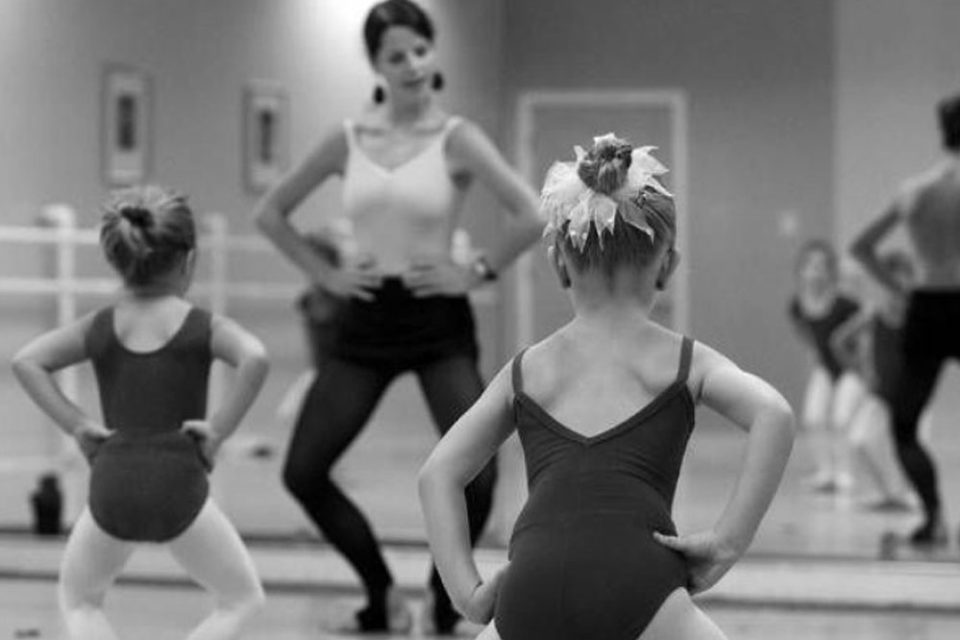Tips to Effectively Handle Children Dance Class
Interacting, engaging and managing children in a dance studio can prove to be rather challenging.
Children dance classes, especially with kids under the ages of seven or six require a lot of patience, energy and preparation. There is plenty of hard work and efforts involved in designing the routine of the class to ensure that the young dancers don’t get bored, distracted or feel left behind.
And I’m not just talking about designing the class routine, but how the dance instructor also has to put a lot of effort in the class. Fortunately, this is not something impossible. Here are a few tips that can help you in effectively managing a children dance class:
Adding More Layers
When it comes to teaching the basics to the students, the key element is repetition. However, when it comes to children, repetition may get boring for them. Therefore, it is essential that you add layers to the routine to make it interesting for the young dancers. Find ways to use their imagination pr pretend play to make them understand better and keep them interested throughout the class.
Keeping It Moving
One major mistake made during dance classes for children is spending too much time on one activity. For children, five minutes is the maximum they can be attentive on one activity. They get distracted after that as they have a higher tendency of losing their attention. It is best to have a series of activities planned in one session. Once you start noticing that they are losing interest, instantly switch to the next activity.
Offering Positive Feedback
Positive feedback is something which children positively respond to. Be on a sharp watch to notice things they are doing well and give feedback. This also gives the other children an opportunity to follow the same behavior as the student who has just been appreciated. This improves their dance technique as well. However, it is best to be specific with your positive feedback. Merely a ‘good job’ or ‘well done’ doesn’t do much.
Limiting Negative Attention
Keep in mind, that children stop responding eventually to their names if they are repeated again and again negatively. This is especially true if a child is used to getting negative responses at home, they are most probably going to tune out the negative feedback or response you give to them. Ensure that you handle kids appropriately. Point out the things they are doing wrong and show them how to do them properly.
Even well experienced dance instructors experience a hard time when it comes to teaching a children dance class. It is not easy to keep the class going, so be on a look out for their attention waning, switching gears from one activity to another to keep them interested and coming up with creative ways to teach them dance moves effectively. However, being prepared beforehand can actually be of help. Aside from an effective class routine, keep a few other exercises on standby in case you need them. To get more ideas about starting your own dance studio or expanding it, visit www.danceproincomebooster.com.

